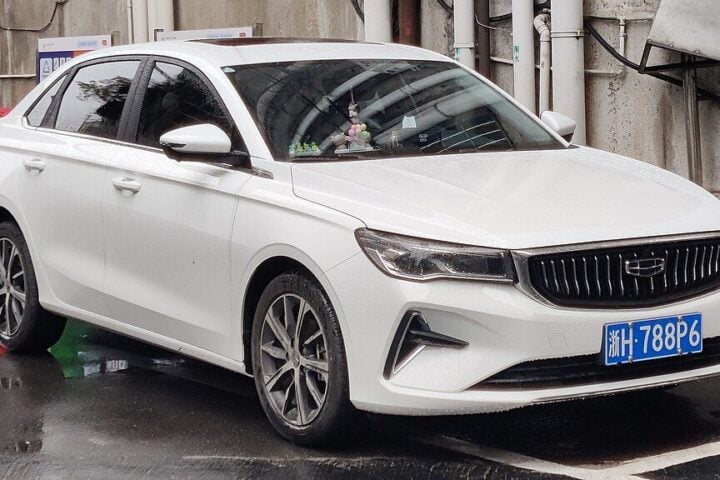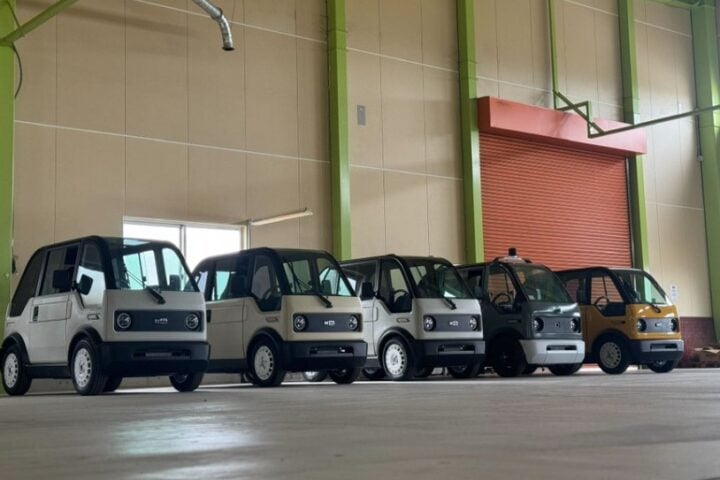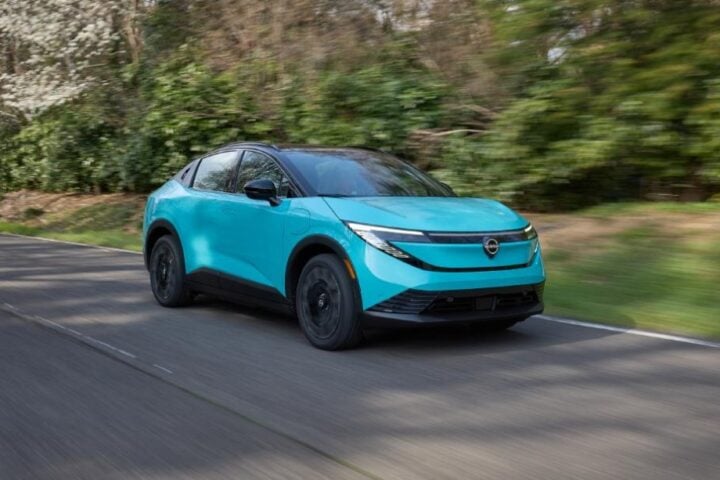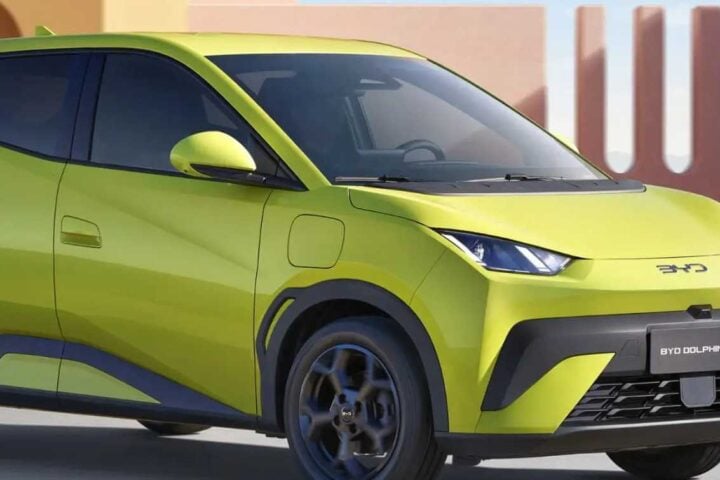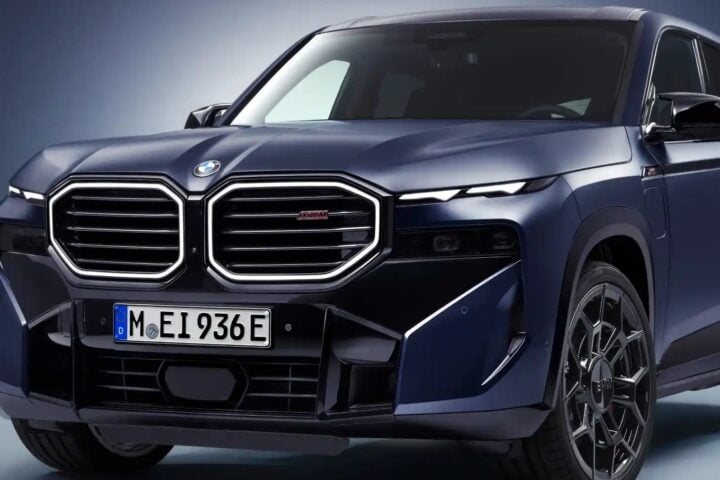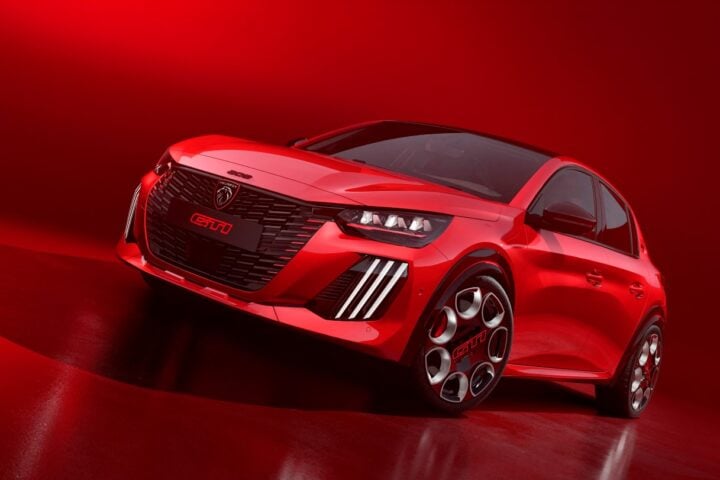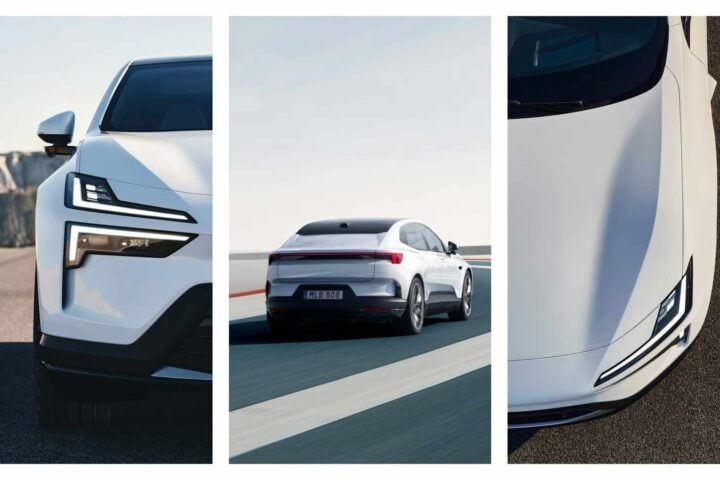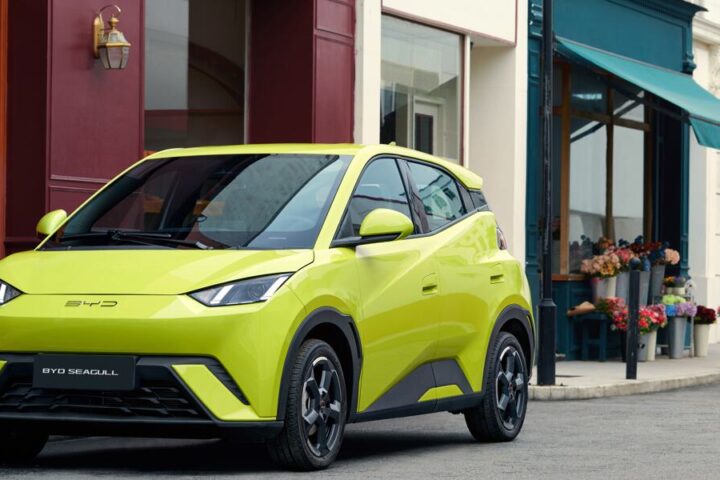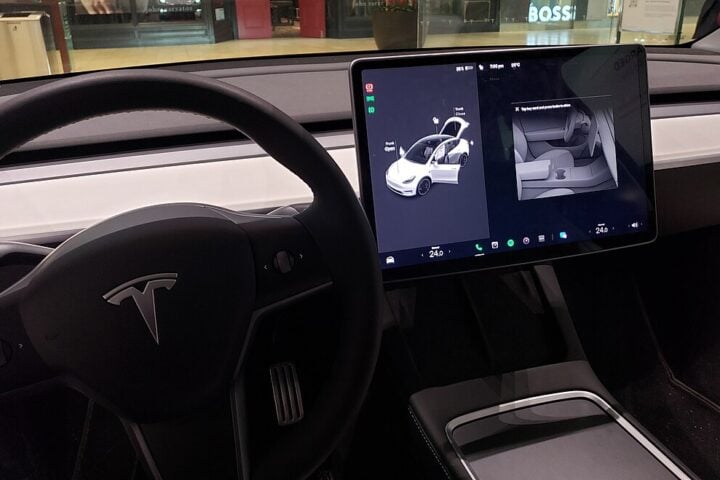The European Space Agency’s (ESA) innovative approach to space transportation takes a leap with the Canopée, a novel ship designed to transport the Ariane 6 launcher elements. This vessel stands out with its unique blend of traditional sailing and modern technology, marking a significant step in sustainable shipping practices within the space industry.
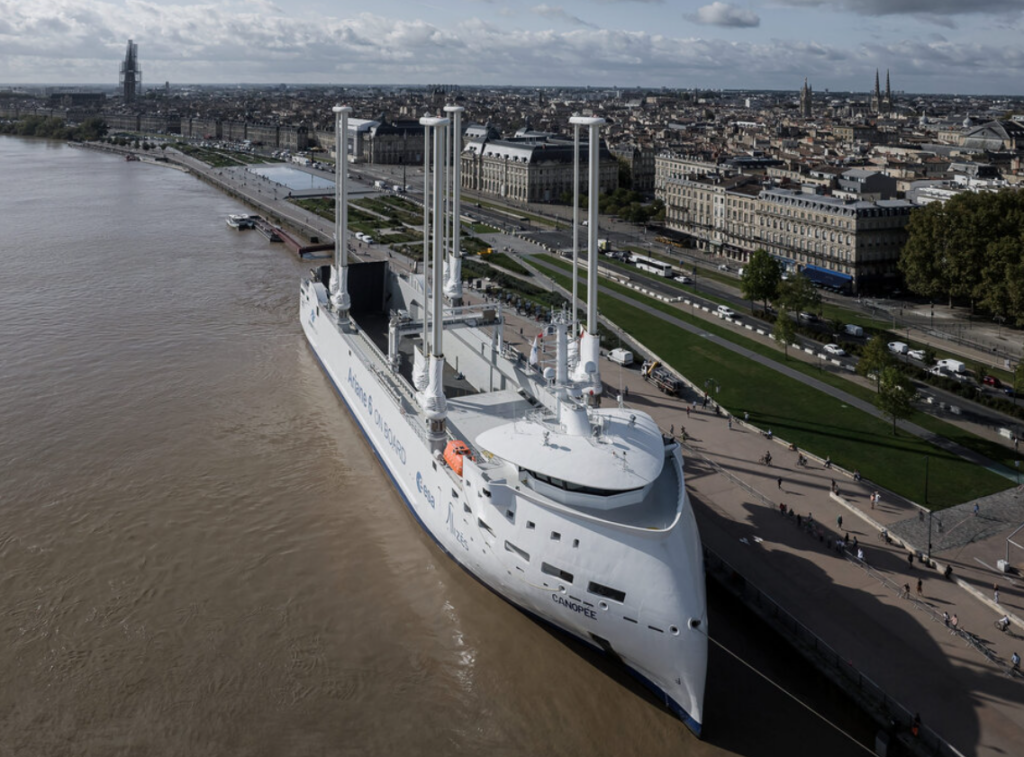
Canopée: A Fusion of Old and New
At 121 meters long, Canopée is equipped with 37-meter-tall sails, a nod to ancient maritime traditions, yet it’s anything but old-fashioned. This hybrid-propulsion vessel reduces emissions and fuel consumption by up to 30%, thanks to its four Oceanwings sails, each sprawling 363 square meters. Its two diesel engines, boasting 3840 kW power, complement the sails, ensuring reliable and efficient transport.
Similar Posts
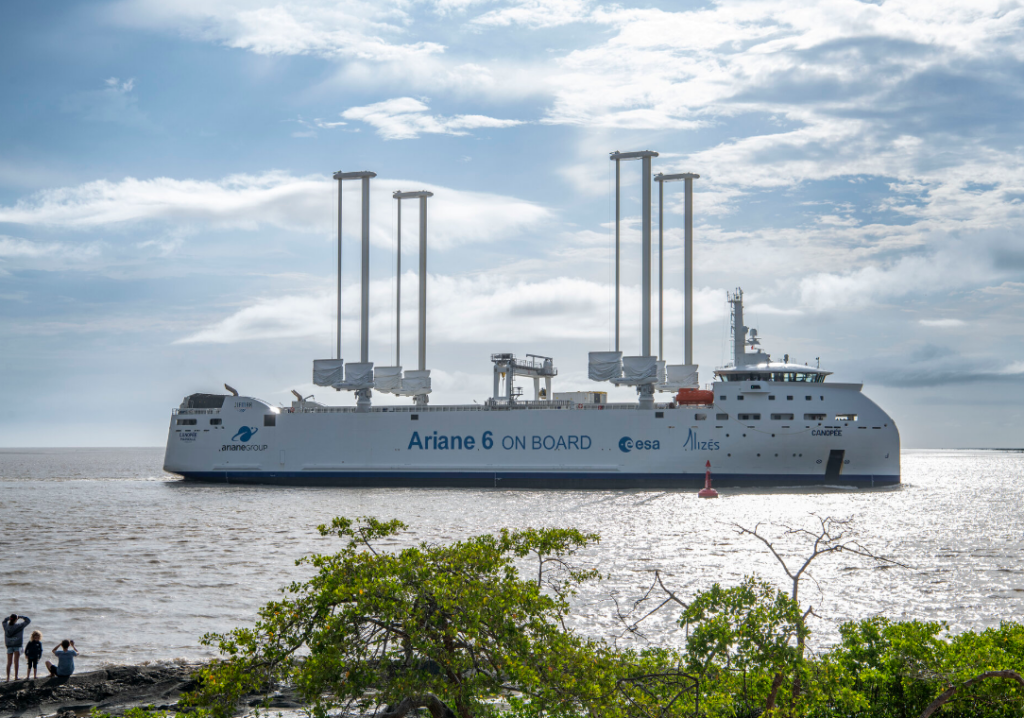
The Journey of the Ariane 6 Components
Manufactured in mainland Europe, the Ariane 6 components, including stages and high-tech engines, require utmost care during transportation. Canopée’s journey begins in Bremen, Germany, collecting the upper stage, and then moves to Rotterdam, The Netherlands, to load the fairing. Subsequently, in Le Havre, France, the core stage is loaded, followed by a stop in Bordeaux, France, for the solid propulsion elements. The final destination is the port of Pariacabo, Kourou, in French Guiana.

Sustainable Shipping in the Space Industry
Canopée’s design allows it to navigate both high seas and the shallow Kourou river. Its unique structure accommodates large, fragile loads, essential for space transportation. Its capability to complete up to 12 trips annually for the next 15 years underscores ESA’s commitment to sustainable practices in space logistics.
Technical Specifications and Construction
- Length: 121 m
- Width: 22 m
- Sail Height: 37 m
- Displacement: 10,000 tonnes
- Maximum Speed: 17 knots (31 km/h)
Chartered by Alizés, a joint venture of Jifmar Offshore Services and Zéphyr & Borée, and built by Neptune Marine Projects B.V., Canopée’s construction began in 2020 in the Polish port of Sczezcin. By December 2022, it had proven its seaworthiness, with its first operational trip to Kourou occurring in January 2023.
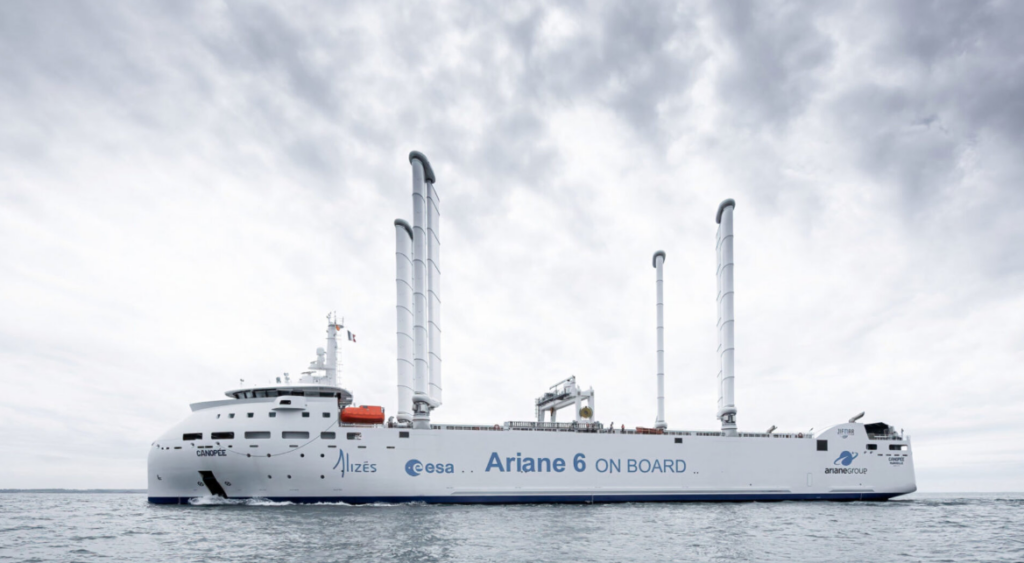
A Step Towards Eco-Friendly Space Missions
This initiative is more than just an efficient transportation solution; it represents ESA’s dedication to eco-friendly practices in space missions. The integration of traditional sailing techniques with modern technology in Canopée is a testament to the innovative spirit guiding today’s space endeavors. It highlights the potential for sustainable practices in even the most technologically advanced sectors, like space exploration.
